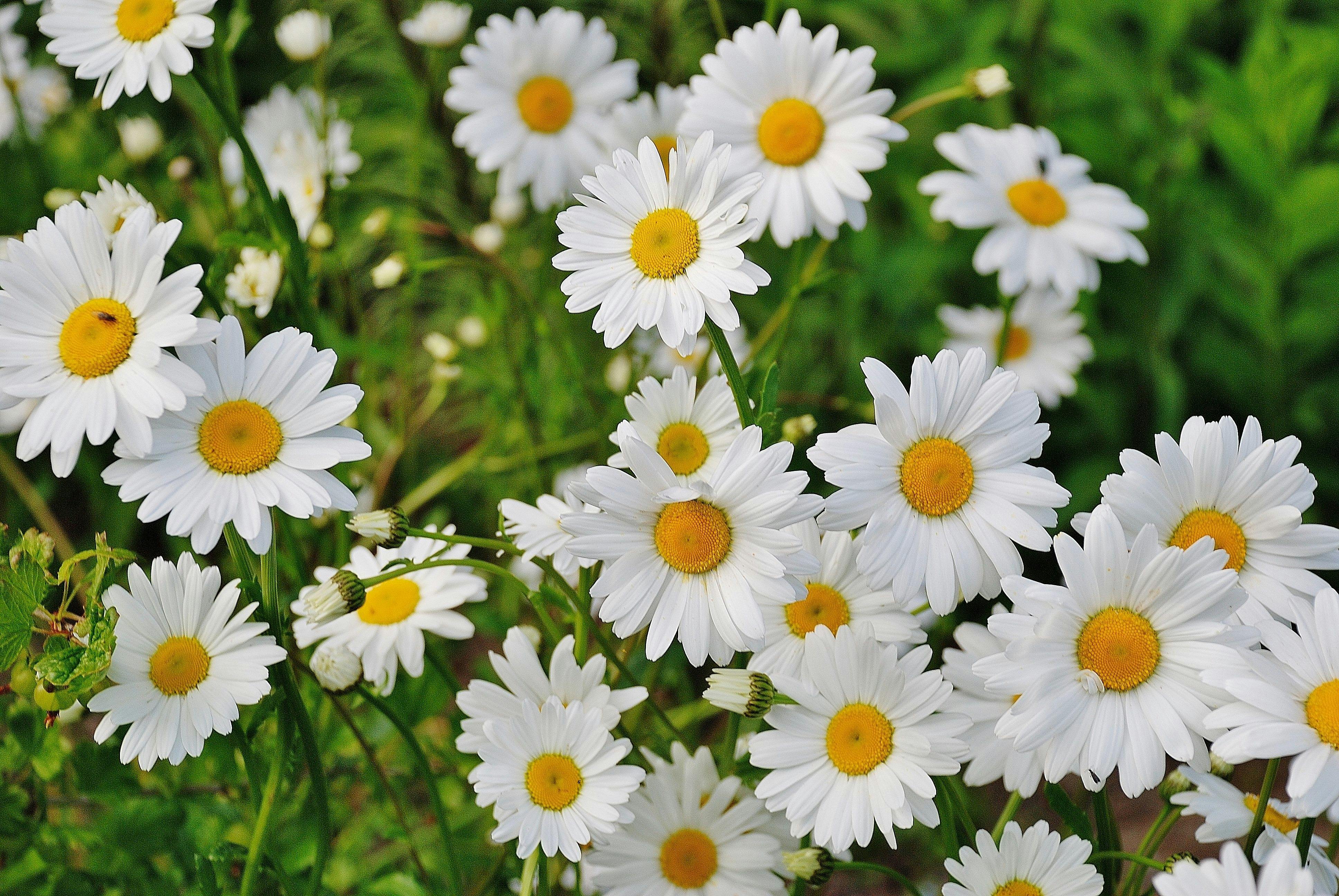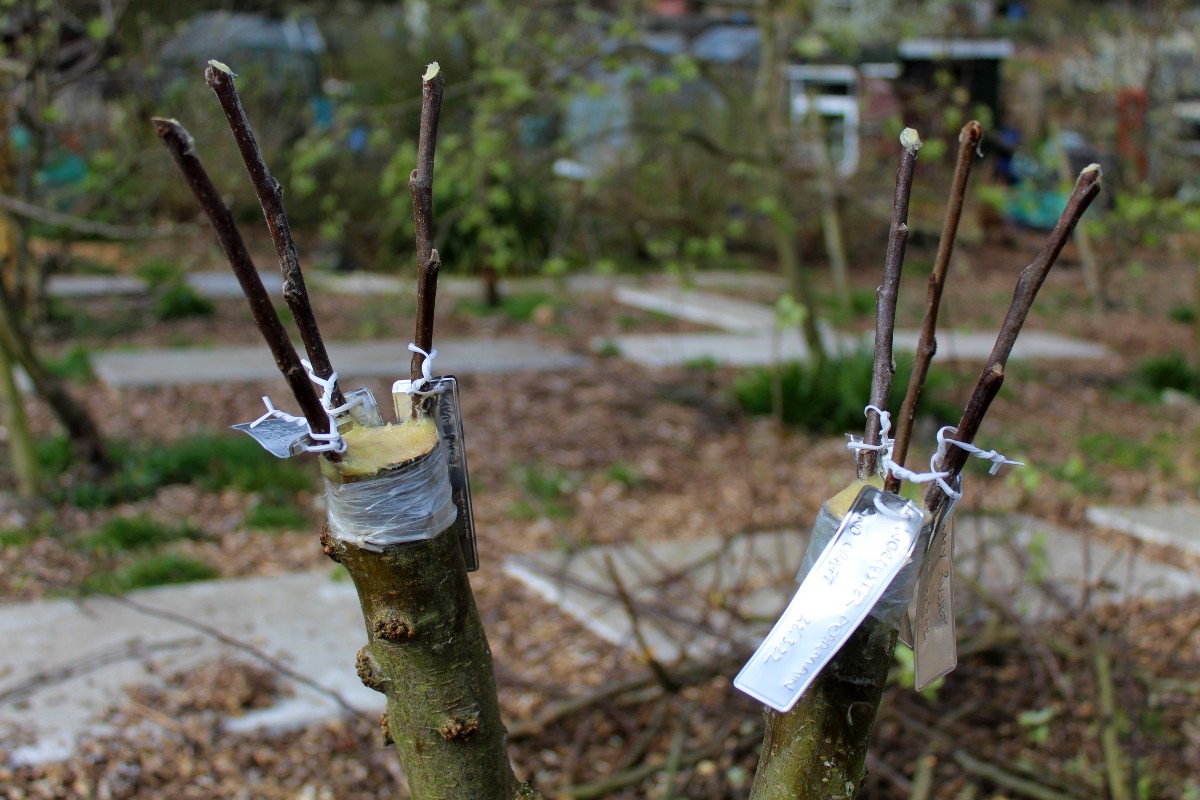Jethro Tull (Agriculturist)
페이지 정보
작성자 Darren 댓글 0건 조회 10회 작성일 24-11-02 16:02본문
 Jethro Tull (baptised 30 March 1674 - 21 February 1741, New Style) was an English agriculturist from Berkshire who helped to deliver about the British Agricultural Revolution of the 18th century. He perfected a horse-drawn seed drill in 1701 that economically sowed the seeds in neat rows, and later developed a horse-drawn hoe. Tull's methods have been adopted by many landowners and helped to provide the idea for contemporary agriculture. Tull was in all probability born in Basildon, Berkshire, to Jethro Tull, Sr, and his spouse Dorothy, née Buckeridge. He was baptised there on 30 March 1674. He grew up in Bradfield, Berkshire and matriculated at St John's College, Oxford, on the age of 17. He trained for the authorized career, but appears not to have taken a degree. He became a member of Staple Inn, and was referred to as to the bar on 11 December 1693 by the benchers of Gray's Inn. Tull married Susanna Smith of Burton Dassett, Warwickshire.
Jethro Tull (baptised 30 March 1674 - 21 February 1741, New Style) was an English agriculturist from Berkshire who helped to deliver about the British Agricultural Revolution of the 18th century. He perfected a horse-drawn seed drill in 1701 that economically sowed the seeds in neat rows, and later developed a horse-drawn hoe. Tull's methods have been adopted by many landowners and helped to provide the idea for contemporary agriculture. Tull was in all probability born in Basildon, Berkshire, to Jethro Tull, Sr, and his spouse Dorothy, née Buckeridge. He was baptised there on 30 March 1674. He grew up in Bradfield, Berkshire and matriculated at St John's College, Oxford, on the age of 17. He trained for the authorized career, but appears not to have taken a degree. He became a member of Staple Inn, and was referred to as to the bar on 11 December 1693 by the benchers of Gray's Inn. Tull married Susanna Smith of Burton Dassett, Warwickshire.
 They settled on his father's farm at Howberry, close to Crowmarsh Gifford, Oxfordshire, where they'd one son and two daughters. Soon after his name to the bar, Tull became in poor health with a pulmonary disorder and travelled to Europe looking for a cure. He was for a substantial period at Montpellier in the south of France. During his tour, Tull fastidiously compared the agriculture of France and Italy with that of his own country, and omitted no occasion to observe and be aware all the pieces which supported his personal views and discoveries. On a couple of occasion, he alluded in his work to the similarity of his personal horse-hoe husbandry to the practice followed by the vine-dressers of the south of Europe in continuously hoeing or otherwise stirring their floor. Finding that they didn't approve of dunging their vineyards, Tull readily adduced the fact in favour of his own favourite concept: that manuring soil is an unnecessary operation. St Bartholomew's Church, Lower Basildon, Berkshire (now redundant), where he had been baptised.
They settled on his father's farm at Howberry, close to Crowmarsh Gifford, Oxfordshire, where they'd one son and two daughters. Soon after his name to the bar, Tull became in poor health with a pulmonary disorder and travelled to Europe looking for a cure. He was for a substantial period at Montpellier in the south of France. During his tour, Tull fastidiously compared the agriculture of France and Italy with that of his own country, and omitted no occasion to observe and be aware all the pieces which supported his personal views and discoveries. On a couple of occasion, he alluded in his work to the similarity of his personal horse-hoe husbandry to the practice followed by the vine-dressers of the south of Europe in continuously hoeing or otherwise stirring their floor. Finding that they didn't approve of dunging their vineyards, Tull readily adduced the fact in favour of his own favourite concept: that manuring soil is an unnecessary operation. St Bartholomew's Church, Lower Basildon, Berkshire (now redundant), where he had been baptised.

In his travels, Tull discovered himself looking for more data of agriculture. Influenced by the early Age of Enlightenment, he is taken into account to be one of the early proponents of a scientific - and particularly empirical - strategy to agriculture. He helped remodel agricultural practices by inventing or bettering quite a few implements. Tull made early advances in planting crops together with his invention of the seed drill (1701) - a mechanical seeder that sowed effectively at the proper depth and spacing and then coated the seed so that it might grow. Before the introduction of the seed drill, the common follow was to plant seeds; jeffreyqmbt50334.actoblog.com, by broadcasting (evenly throwing) them throughout the bottom by hand on the prepared soil and then calmly harrowing the soil to bury the seeds to the proper depth. In his 1731 publication, Tull described how the motivation for creating the seed-drill arose from battle with his servants. He had struggled to enforce his new methods upon them, in part as a result of they resisted the risk to their position as labourers and their ability with the plough.
Tull invented some machinery for the purpose of finishing up his system of drill husbandry, about 1733. His first invention was a drill-plough to sow wheat and turnip seed in drills, three rows at a time. There have been two packing containers for the seed, and these, with the coulters, were positioned one set behind the opposite, in order that two types of seed might be sown at the same time. A harrow to cowl within the seed was hooked up behind. Tull additionally invented a turnip-drill somewhat just like the other usually arrangement, however of lighter construction. The feeding spout was so organized as to hold one half of the seed backwards after the earth had fallen into the channel; a harrow was pinned to the beam; and by this arrangement one half of the seed would spring up sooner than the opposite, permitting half to escape the turnip fly. When fascinating to turn the machine, the harrow was to be lifted and the feeding would cease.
The way of delivering the seeds to the funnels in both the above drills was by notched barrels, and Tull was the primary to use cavities in the surfaces of strong cylinders for the feeding. Tull thought-about soil to be the sole food of plants. Tull wrote with enthusiasm and carried his admiration of the powers of the earth to help vegetation too far; he was deceived, in reality, by the consequences of his finely pulverising system of tillage, and didn't sufficiently attend to the truth that there are various other substances in the commonly cultivated soils of the farmer moreover the earths, and that so removed from their being at all times the chief constituents of the soil, they fairly often kind the smallest portion of even a highly productive area. That the four earths of which all cultivated soils are composed are all the necessary meals or constituents of vegetables has, long since Tull wrote, been decided by correct investigations of chemists.
댓글목록
등록된 댓글이 없습니다.